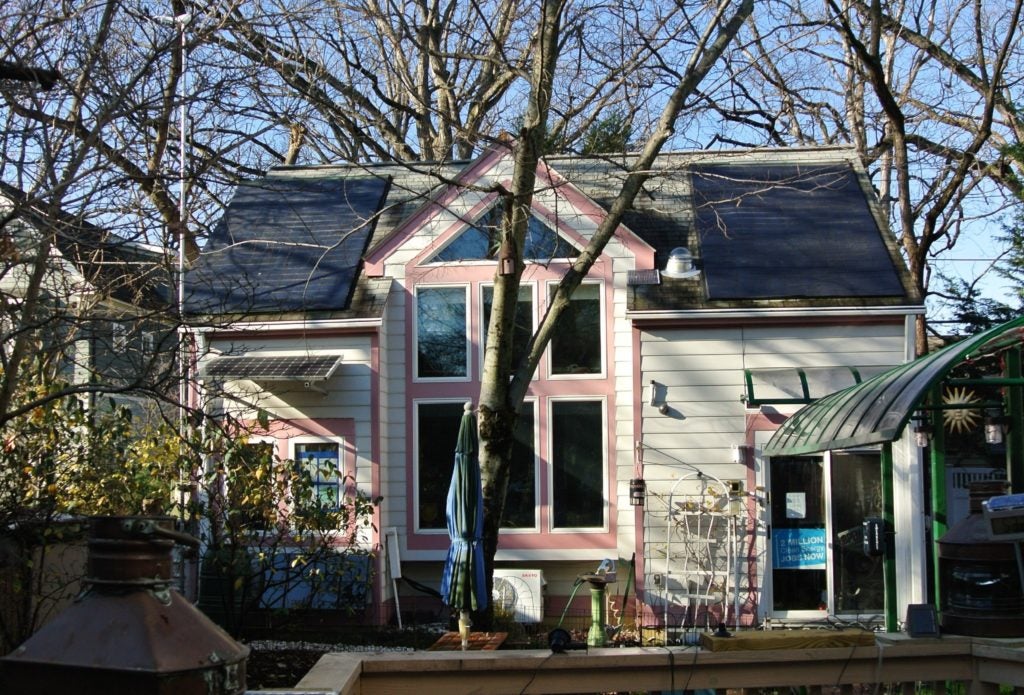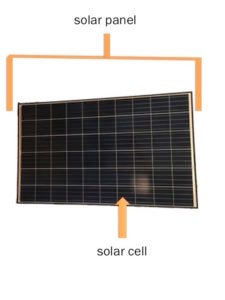Demystifying solar terminology

If you’re new to solar, you’ve probably been inundated with a roof-full of jargon. Going solar can seem complicated at first. That’s why it’s important to have a basic understanding of the basic parts of a system and concepts important to paying for your system.
System components

Solar cells — Cells convert the sun’s light into electricity. Photos from the sun’s rays hit electrons in the panel. This creates an electric current.
Solar panels – Individual cells are wired together to form a solar panel. Panels are typically three feet by five feet and weigh about 60 pounds.
Inverters – The type of electric current panels create is called Direct Current. Most homes and appliances run on Alternating Current. Inverters modulate the electricity generated by solar panels so that it can be used to power your home and devices. Click here for a deeper discussion of the differences between Alternating and Direct Current.
Paying for solar
Net metering — You will earn credit for the solar electricity you generate through a policy called net metering. Net metering allows you to offset your utility electricity consumption with the solar electricity your array produces. When your system generates electricity, that electricity flows into your home or building and is consumed on-site. When your solar panels produce more electricity than your home or building needs, the excess electricity is sent out to the local grid, where it is consumed by your neighbors. Through net metering, you receive full credit for the excess electricity you feed onto the grid. Once you install solar, your monthly electric bill be the total amount of electricity you consumed minus the total amount of electricity you produced (i.e., the solar electricity you sent onto the grid).
Solar Renewable Energy Credits (SRECs) — A Solar Renewable Energy Credit (SREC) represents the “green” value of your electricity. SRECs are sold separately from the physical electricity that your solar panels produce. Think of them like a “voucher” that proves that the electricity from your solar panels is renewable. You earn one SREC for every 1,000 kWh (or 1 MWh) of electricity produced by a solar system. These SREC “vouchers” are valuable because many utilities must buy a certain number of them each year to meet sustainability requirements set by the renewable portfolio standard (RPS) in each state.
Third-party financing – Third-party ownership means that a company will own and maintain the panels installed on your roof. These agreements typically run 10-15 years. They will often include an option for you to purchase the system outright later in the contract term. In this model, the company that owns the system will take advantage of the federal tax credit and any other available local incentives.
Solar lease – Leasing solar panels allows you to offset the electricity you would buy from your utility with the electricity generated by solar panels on your roof.
Power Purchase Agreement – A power purchase agreement (PPA) is a third-party ownership model. Under a PPA, you pay a set rate for the amount of electricity the system on your roof produces.
